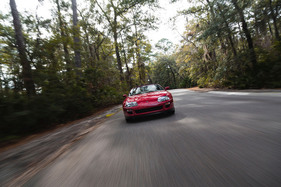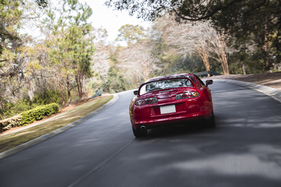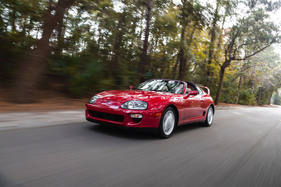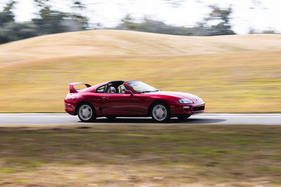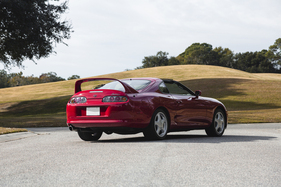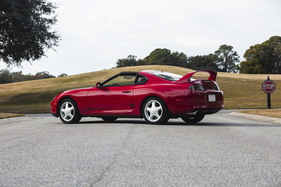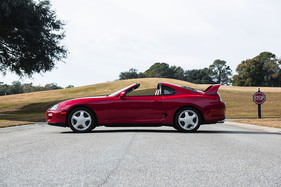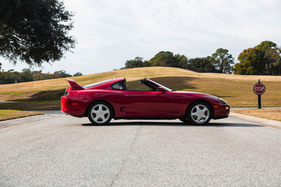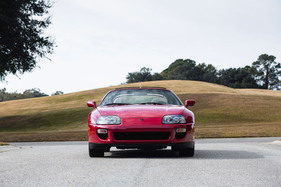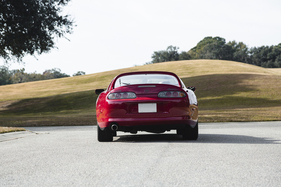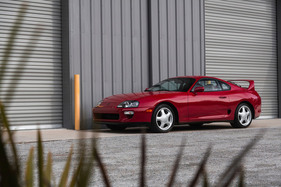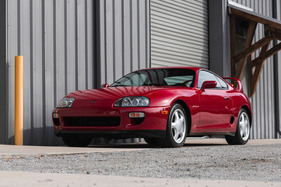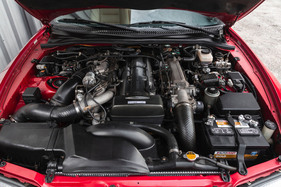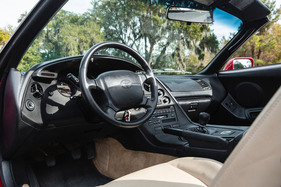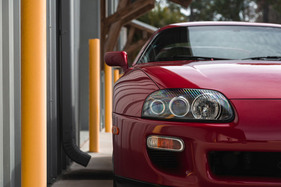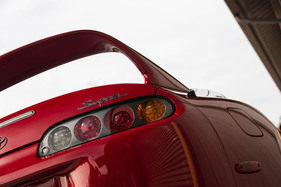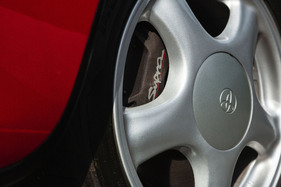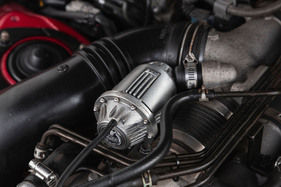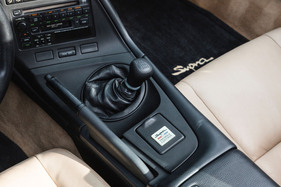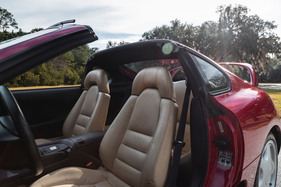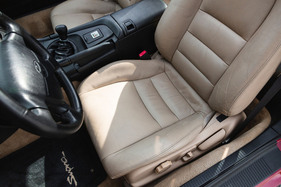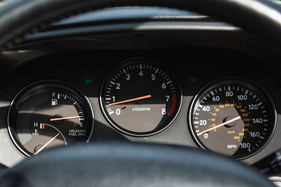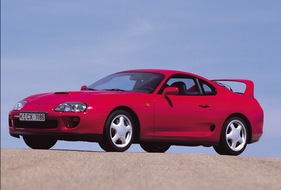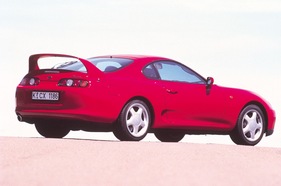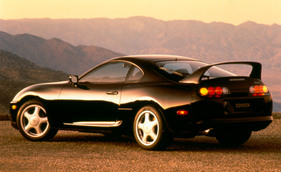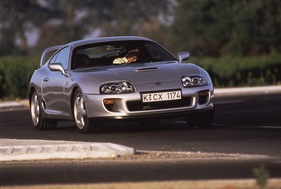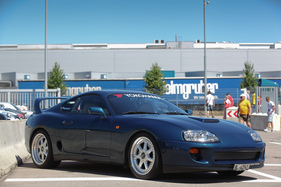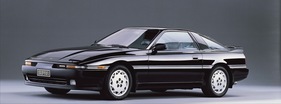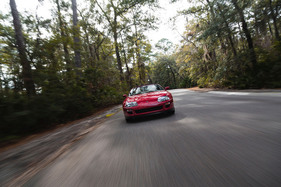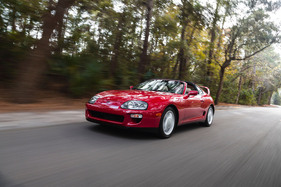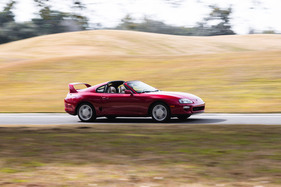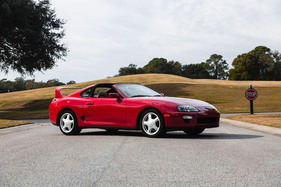Toyota Supra Turbo - The inconspicuous hero
Summary
Japanese sports cars are often said to lack emotion, despite their technocratic perfection. When the fourth-generation Toyota Supra was launched, it was also accused of not being enough of a sports car. It wasn't until eight years later that this changed - admittedly without Toyota's involvement. This article introduces the Toyota Supra Mk. 4 and explains how it became one of the most famous movie cars of the 21st century.
This article contains the following chapters
- Toyota squares the circle
- Room for improvement
- "A 2JZ engine! I can't believe that!"
- Only the best for Europe
- 4000 rpm torque
- Bias
- No success in Europe
- A momentous defeat
- No successor until 2019
Estimated reading time: 12min
Preview (beginning of the article)
We've all driven a Supra at some point. We've pushed the cold engine into the limiter, rolled over several times, drifted wildly around corners, outpaced Ferraris, Lamborghinis and sometimes even the police - even though (or because) we didn't even have a driver's license back then and only knew a little more about cars. When the first serious car racing games for PC and PlayStation appeared at the turn of the millennium, the fourth-generation Toyota Supra was the latest wonder weapon from Japan and the hero of the screens alongside the Nissan Skyline GT-R and Mazda RX-7. In 1994 and 1997 respectively, "The Need for Speed" and "Gran Turismo" ensured that an entire generation of car fans still smile wearily at the sight of a Swabian sports car. Six cylinders would be fine - but please water-cooled, in line and forced-induced by at least two turbochargers. The Japanese had long since caught up with the Germans in terms of standards, engineering skill and perfection, but without clinging to traditional, glorified anachronisms. In short: at the end of the nineties, the real Porsche shocks no longer came from Wolfsburg, but from Kanagawa, Hiroshima and Aichi.
Continue reading this article for free?
Photos of this article




